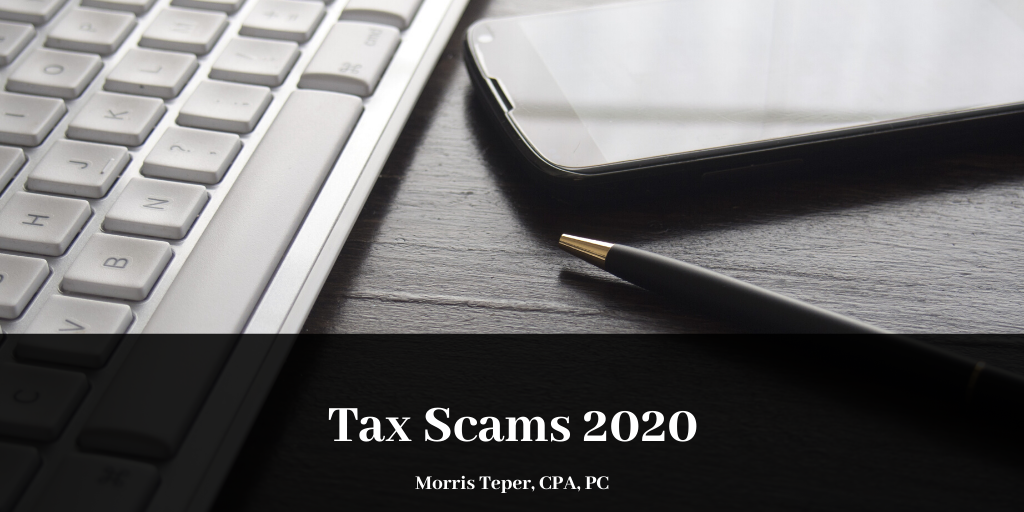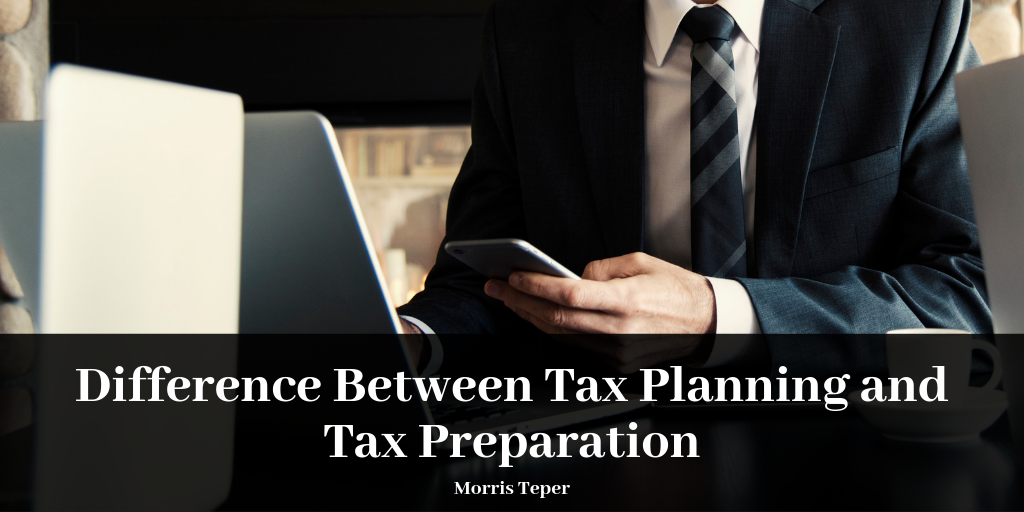It’s important for everyone to save for retirement. No matter where a person is in their career, a retirement account is a wise investment. The accrued money from compound interest in a tax-advantaged account can make a big difference for the future. There are plenty of different types of retirement savings accounts. Some people, for example, have a 401(k) or 403(b) through their workplace. There’s also the IRA. Traditionally, IRAs have been a solution for the self-employed. However, the truth is that anyone who works is welcome to open one.
IRAs are governed by special tax regulations in part because they’re a tax-advantaged investment designed for retirement savings. For the 2020 tax season, there are some important things to know about IRAs. First, the basics. The maximum contribution for an IRA is holding at $6,000 for workers under 50. Older savers are entitled to an additional “catch-up” $1,000, for a total of $7,000. There has been no change to these contribution limits since the prior tax year.
The second thing to remember is that there are two types of IRA: the traditional, and the Roth. This is a crucial distinction at tax time because the two types of investment are taxed differently. A traditional IRA can be used by anyone, and almost everyone is able to take a tax deduction if they have one. The exceptions include people who also have workplace-sponsored savings instruments. Roth IRAs are available only to people who make less than a given income limit. For some people who are close to the limit, only partial contributions may be allowed.
IRAs present the kinds of issues where it’s a good idea to contact a tax professional such as an accountant. The big advantage of Roth IRAs is that they allow retirement-aged people to make tax-free withdrawals. However, investors don’t get a tax deduction during the years when they’re making contributions. Finally, remember that it’s possible to make contributions to an IRA until the tax filing deadline. Until April 15 of 2020, people can make contributions for both tax years: 2019 and 2020. This is a great way for people to catch up if their savings were a little bit sluggish at some point during 2019.
Originally published on MorrisTeper.net








